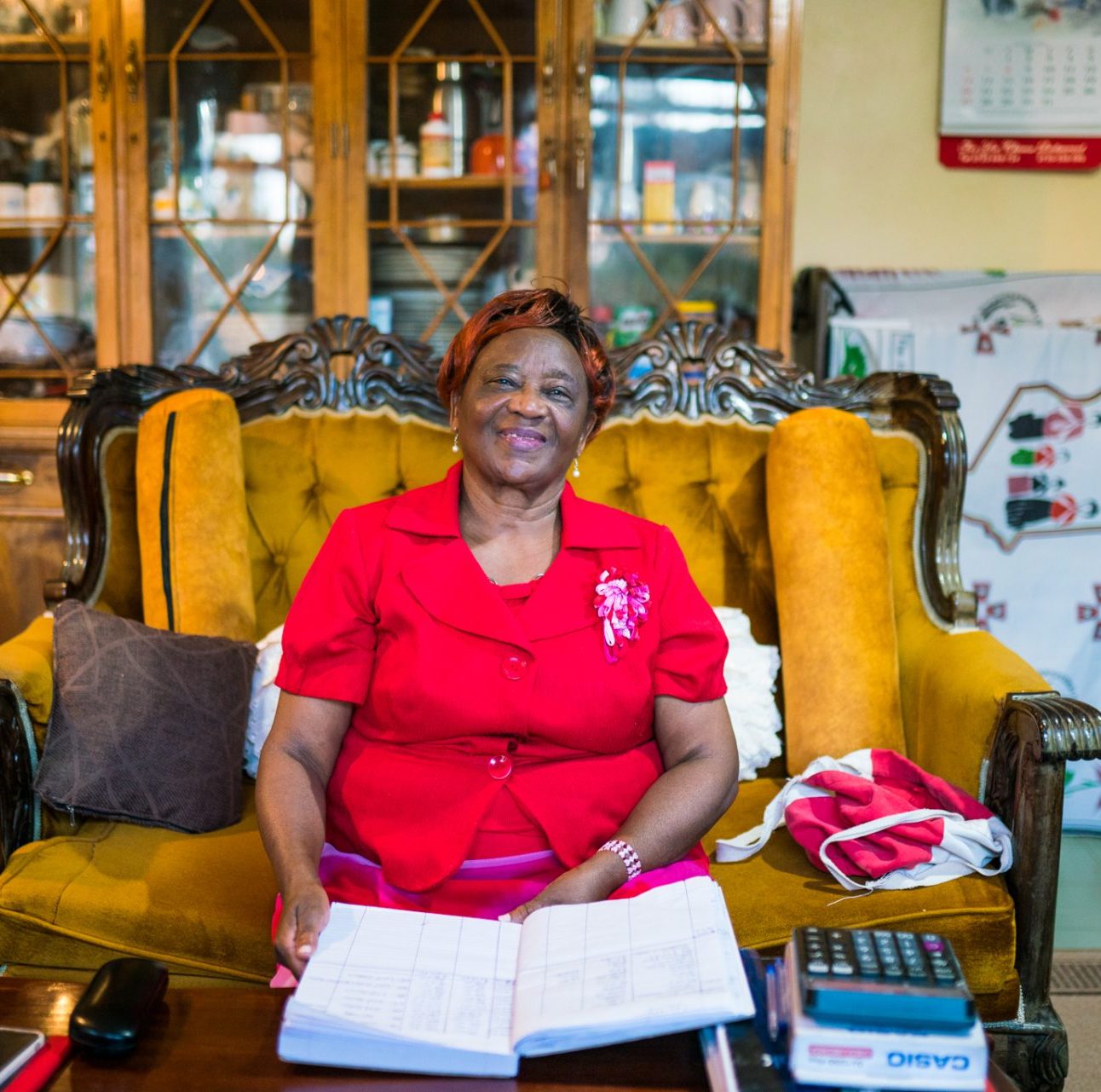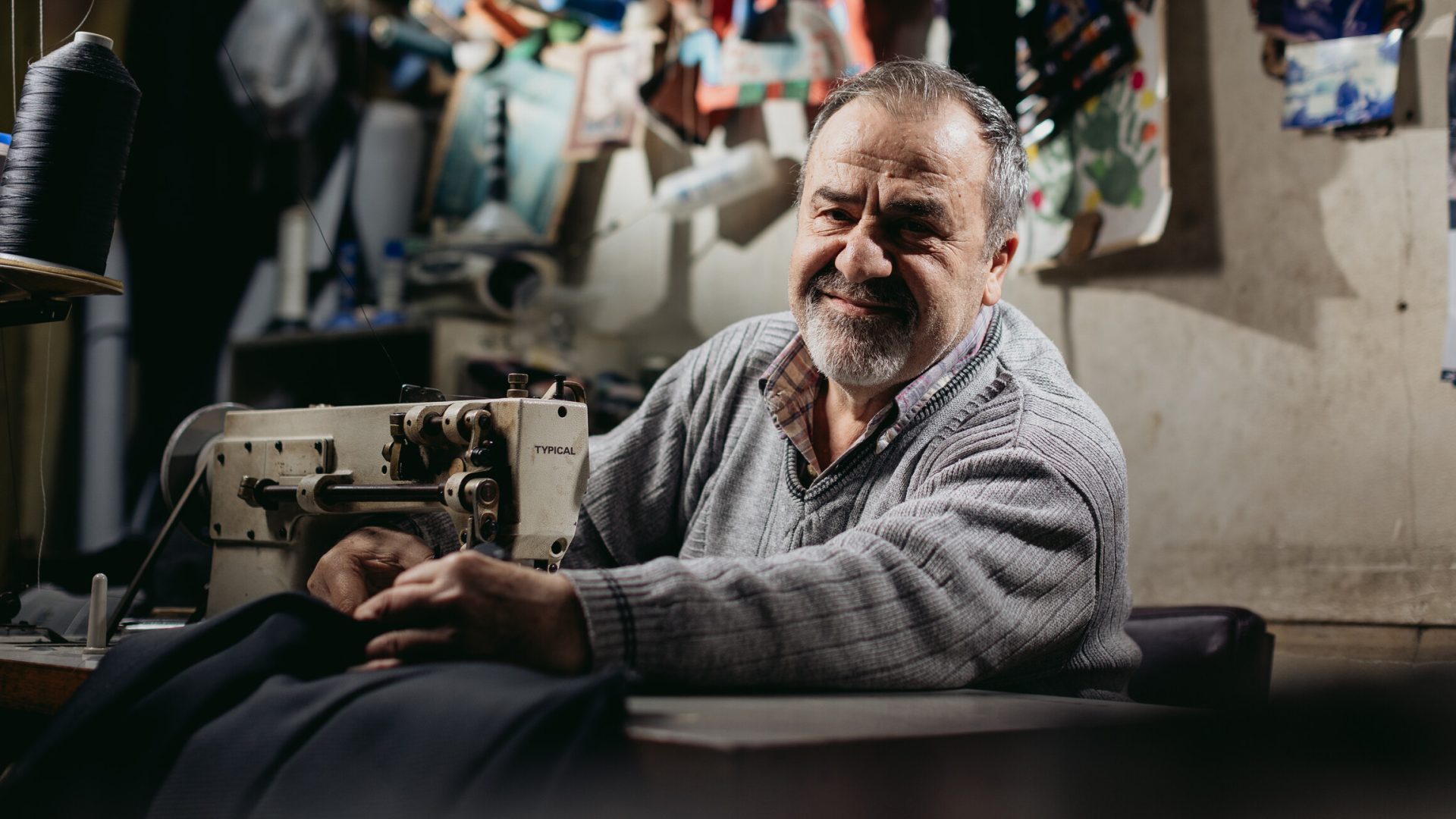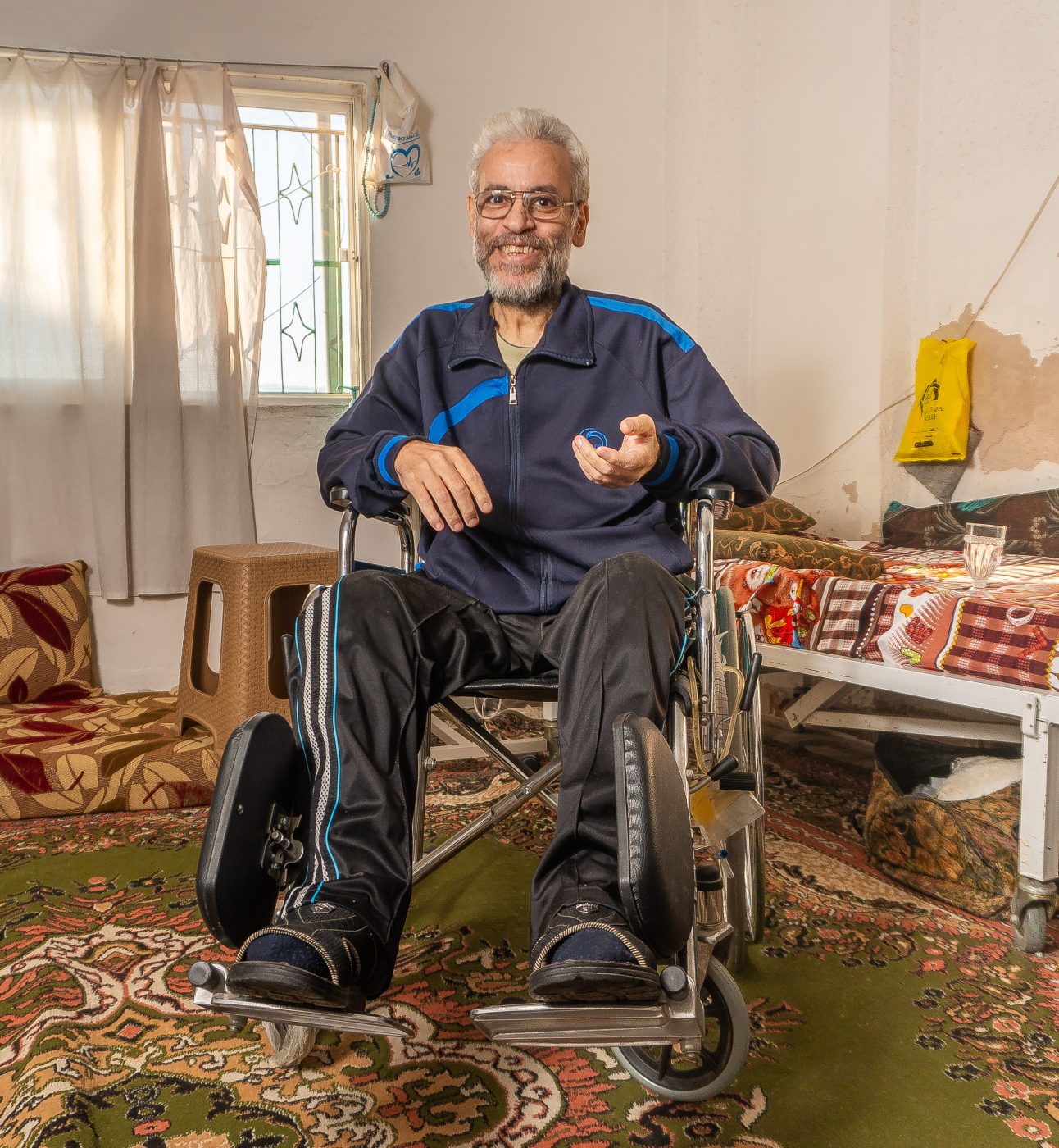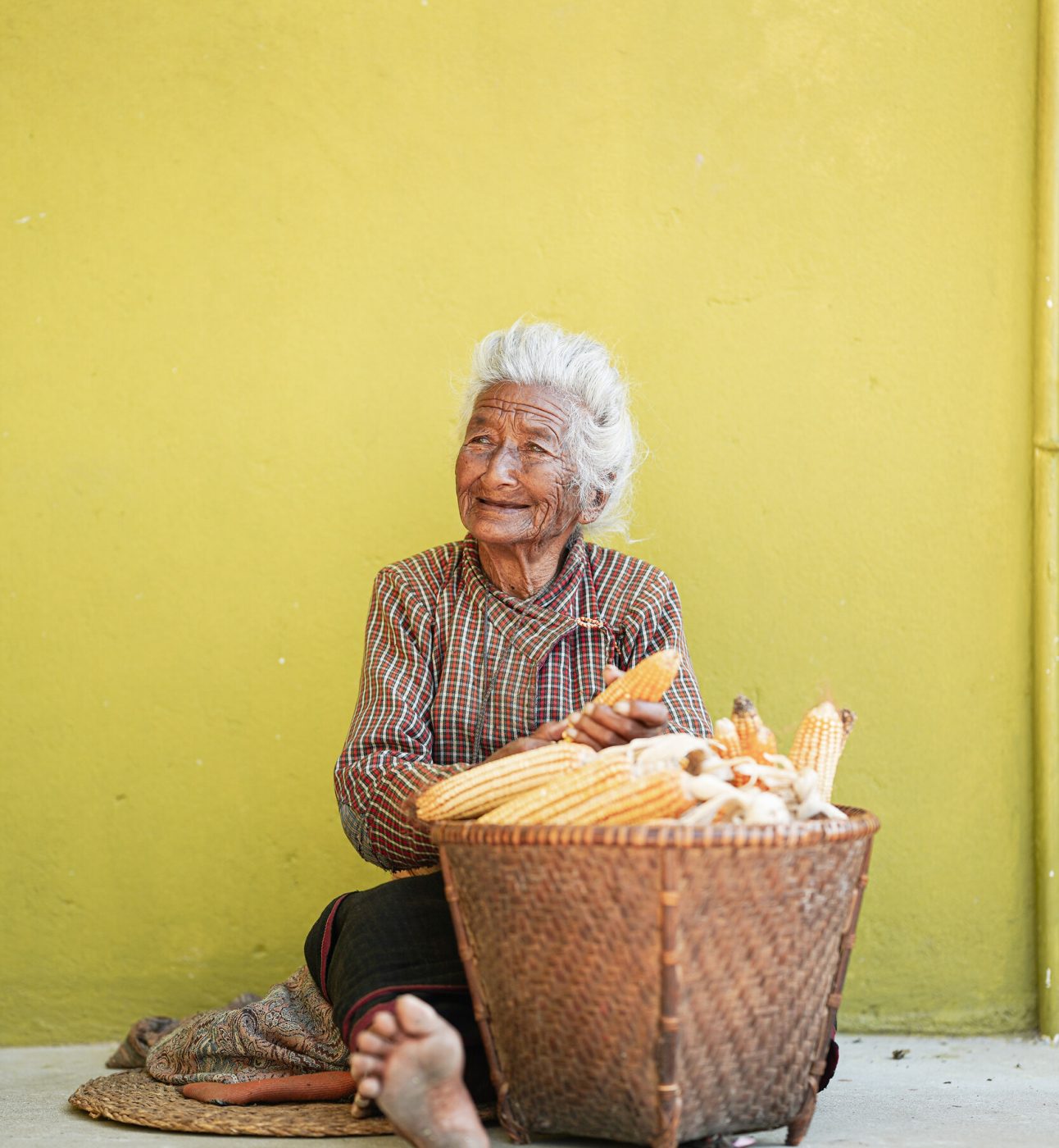
#ExposeAgeism
Learn more about challenging ageism and join the fight for dignity and equality for all.

On this International Day of Older Persons, let’s explore what systemic ageism is, how it manifests, its far-reaching impact, and how HelpAge International is addressing it.

Systemic ageism is the way different parts of society work together to sustain ageist attitudes, actions or language in laws, policies, practices or culture – affecting people of all ages by shaping perceptions of ageing. It is about the broader systems and structures that shape our thinking and behaviour, rather than individual actions or isolated incidents.
While individual ageist actions are direct and easy to see – like someone making a rude comment about someone because of their age – systemic ageism can be invisible; it is more subtle and embedded in the way society functions. It is woven into our laws, workplace practices, media representations, making it harder to identify and challenge. Systemic ageism reinforces negative stereotypes about ageing, making these attitudes feel normal and acceptable, even when they’re harmful.
Ageist stereotypes and prejudice are rooted in systemic ageism and can only be tackled by addressing social and cultural practices.
Ageism is visible in the language that we use, the actions that we take, and the policies that we make. We see it in physical and verbal abuse of older people, how older age is often negatively represented in culture or discrimination in the workplace.
We also see it in the way that older adults can internalise harmful stereotypes about ageing. This leads to self-directed ageism, where individuals begin to adopt negative attitudes about their own worth and abilities as they age. Such internalisation can affect confidence, well-being, and even the willingness to seek help when needed.
But systemic ageism goes much deeper and is more than just isolated actions but is embedded in our society and culture. Ageism is driven by trends, stereotypes, norms, beliefs, institutions, and other laws and policies that are not necessarily directly related to older people. It is only when we analyse these drivers, we can create campaigns that result in sustainable, impactful change.
Lack of data on older people in official statistics can make them invisible in the development of policy, planning and developing funding priorities. Driven by stereotypes, prejudice and ageist attitudes which diminish the value, voice and contribution of older people in development policy and planning, older people are often excluded through age caps on surveys or a lack of representation of older generations in survey samples.
84-year-old man, LebanonIt’s perceived by so many people that older people have no ability to perform their tasks and that they’re outdated.
65-year-old woman, KenyaAt times, you get a younger person coming and being attended to before you, yet you came first. When healthcare workers hear you complain you are told, ‘You old woman, stop complaining. We are coming to attend to you.’ When you are told this, you get scared because the elderly are being discriminated [against] and you do not know what this healthcare worker will do.
71-year-old man, PhilippinesThe concept of justice is for everyone, but oftentimes cultural bias favours the young and the strong over the weak and the worn.
Systemic ageism has far-reaching consequences for individuals and for society. It perpetuates social and economic inequalities, undermines the dignity and well-being of older people, and slows down societal progress by marginalising a significant portion of the population. The impact includes:

Systemic ageism is widespread and hard to recognise. Identifying the visible forms of ageism is a good start, but we also need to look at the invisible forces that are driving the problem. Understanding the forces that enable and perpetuate ageism can help us decide how to tackle it and drive sustainable, long-term change. By treating ageism as a systemic problem, we can achieve a world where we are all treated fairly, with respect and without discrimination in older age.
Please join us in taking a stand against systemic ageism and all the inequalities it creates, by joining our pledge. It is only through collective effort that we can create a world where older people are valued, respected and given equal opportunities to thrive.

Learn more about challenging ageism and join the fight for dignity and equality for all.